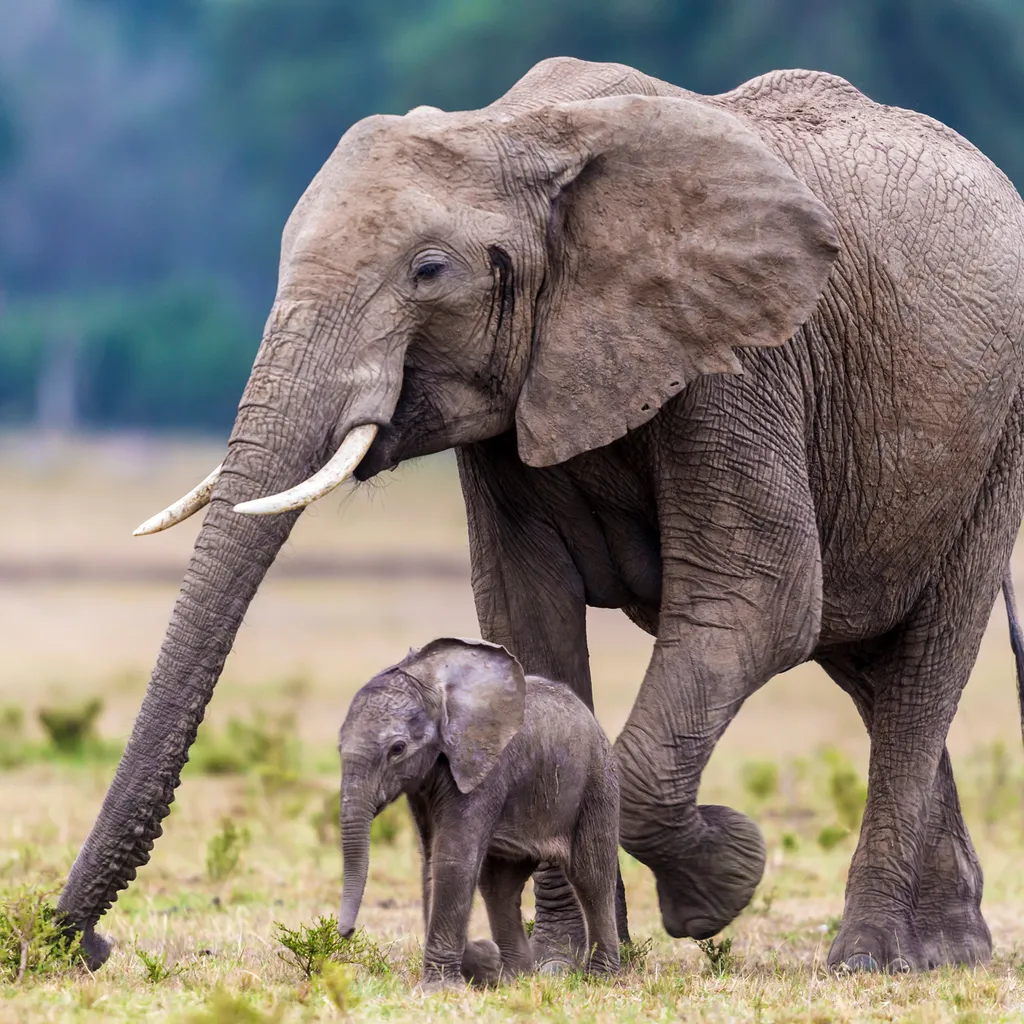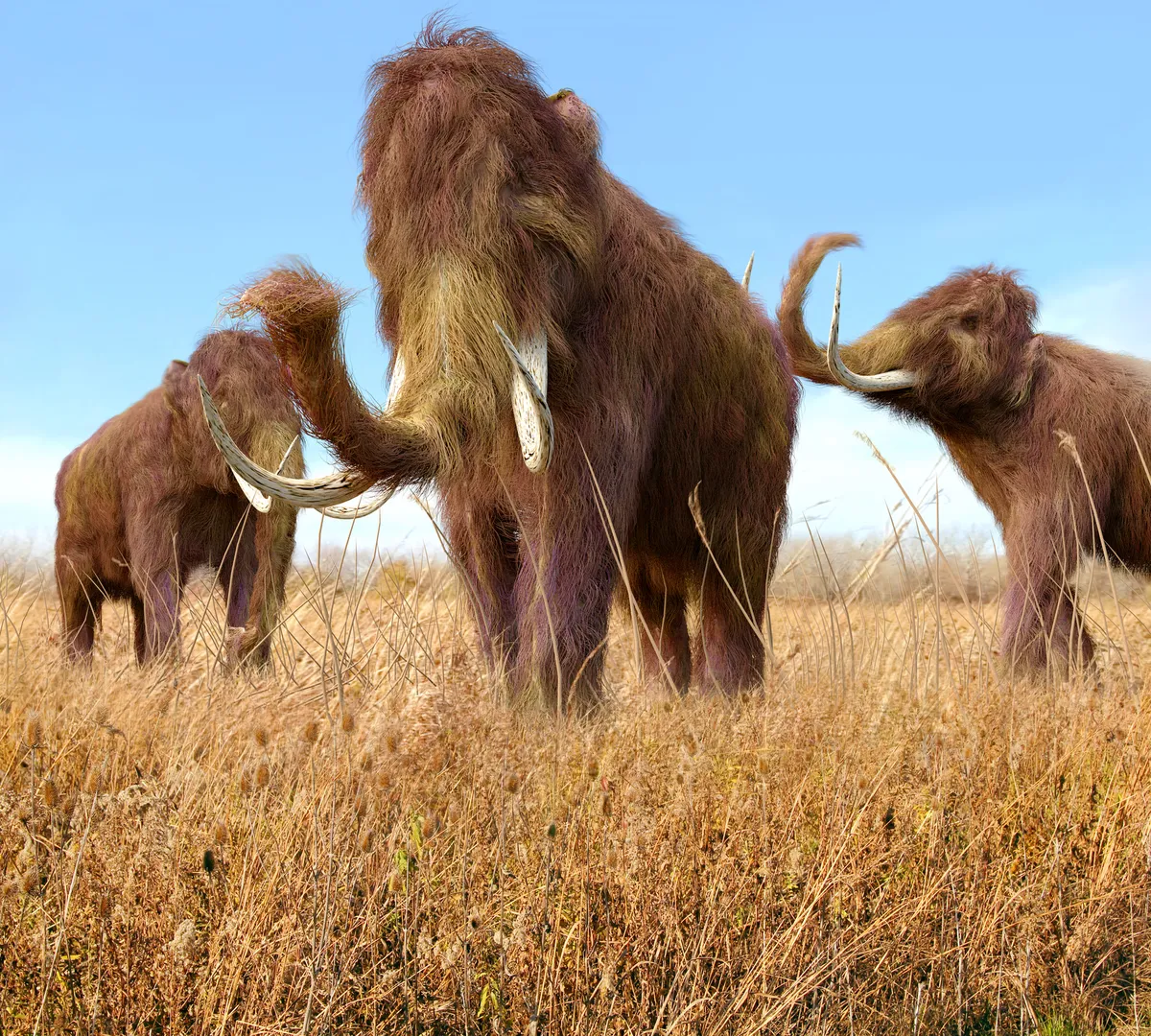In 2018, a UK-wide ban on the sale of ivory came into force. However, a new study by the University of Portsmouth says there’s evidence traders are trying to sustain the illegal ivory market with the excavation and sale of mammoth tusks – known as ‘ice ivory’.
Mammoths fall outside of the parameters of the Convention on International Trade in Endangered Species of Wild Fauna and Flora (CITES), an agreement set up to protect animal and plant species.
“There’s evidence traders are trying to sustain the illegal ivory market with mammoth tusks, by intentionally mislabelling ice ivory as elephant ivory,” said Dr Caroline Cox, lead researcher in the University of Portsmouth’s Ivory Project.
Some conservationists are concerned that the mislabelling of mammoth ivory may result in an increase in the laundering of illicit elephant ivory.

According to Luke Hauser, co-investigator on the study, mammoth and elephant tusks are almost identical, which makes it difficult to police the ivory trade: “The first mammoths appeared in Africa around five million years ago, and radiated into at least ten species; all originating from the same family of modern elephants, known as Elephantidae."
One question explored in the study was whether it is possible to identify which species a piece of ivory comes from.
Dr Cox added: “The reason this may be important is when Israel petitioned for the woolly mammoth species to be added to the CITES list, it was very specific. We know the majority of the ivory coming out of Siberia is woolly mammoth, but because evolution is a slow process there would have been crossovers between their characteristics and their predecessors.
“So hypothetically, a trader could have a document claiming a tusk is from a steppe mammoth – when in fact it’s actually a woolly mammoth – and we wouldn’t be able to argue otherwise without an expensive and lengthy DNA test.”
Mining mammoth tusks
Climate change means that permafrost is melting faster than ever before and, as a result, more mammoths are being uncovered, particularly in Siberia.
But it’s the demand for ivory that is the real issue, suggests Dr Cox: “While mammoth tusks continue to be in demand, particularly in the Far East, the Siberian tusk hunters of Yakutia recover only what the buyers want - the ivory. The remains of the mammoth are left behind and lost to science.
“This mining is dangerous, often illegal, and environmentally damaging. The law of the Russian Federation states that only mammoth tusks that have come to the surface, usually as a result of the permafrost melting, can be harvested.
“But in reality, most miners hurry this process along using high pressure hoses to blast the permafrost.”
Dr Hauser added: “The industrial method of recovering mammoth tusks is adding to the risks that global climate change represents to living elephants and many other species. The permafrost locks away gigatonnes of greenhouse gases such as methane, so this accelerated loss is contributing to rising global temperatures.”
Trading mammoth ivory
Despite the ban of ivory sales by some major online sellers, such as eBay, the paper says that recent studies have shown that illegal wildlife products are being sold on the dark web.
The illegal wildlife trade is estimated to be worth between $15-22.5 billion a year, on a par with the illegal drugs trade, illegal arms trade and the trade in human trafficking.

The paper, published in the Journal of International Wildlife Law and Policy, says the best and most effective way of tackling issues surrounding the “ice ivory” trade is international cooperation from nations sharing resources and intelligence.
Main image credit: Mark Witton, paleontological artist
